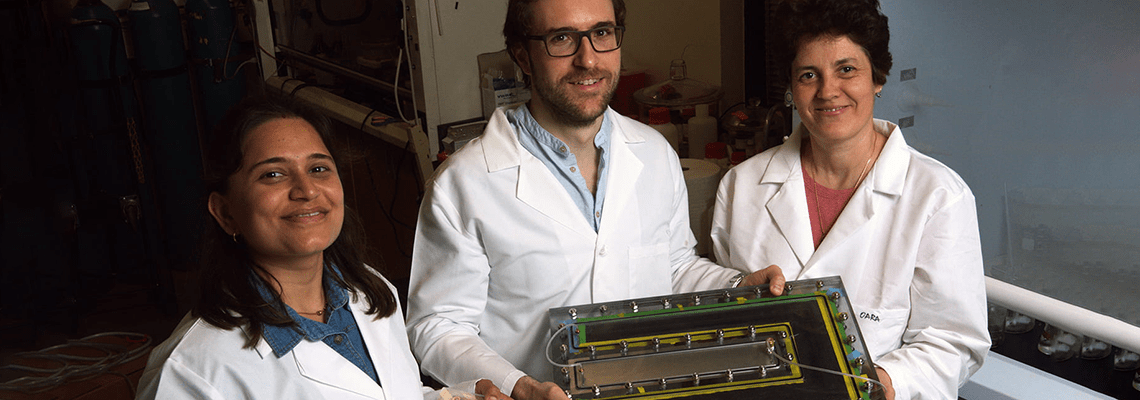RESEARCH: Nanoparticles boost solar desalination efficiency

Researchers from Rice University in the US have found a way to boost solar desalination efficiency by 50 per cent.
Sunlight and nanoparticles could unlock more efficient desalination
Widespread, direct solar-powered desalination may still be in its infancy yet researchers in American claim to have found a way to increase the efficiency by 50 per cent.
Rice University researchers have used 'inexpensive plastic lenses' to help concentrate sunlight and create 'hot spots' on solar-powered desalination systems.
On the membrane side, light-absorbing nanoparticles are used to turn the membrane into a solar-driven heating element.
Called 'nanophotonics-enabled solar membrane distillation’, or NESMD for short, the process has the potential to be used in applications in remote areas lacking access to electricity, according to the university.
Researchers from the Laboratory for Nanophotonics (LANP) claim this method can inexpensively redistribute the power while increasing the rate of purified water production.
“The big difference here is that we’re using the same among of light,” said Pratiksha Dongare, a graduate student in applied physics at Rice's Brown School of Engineering.



